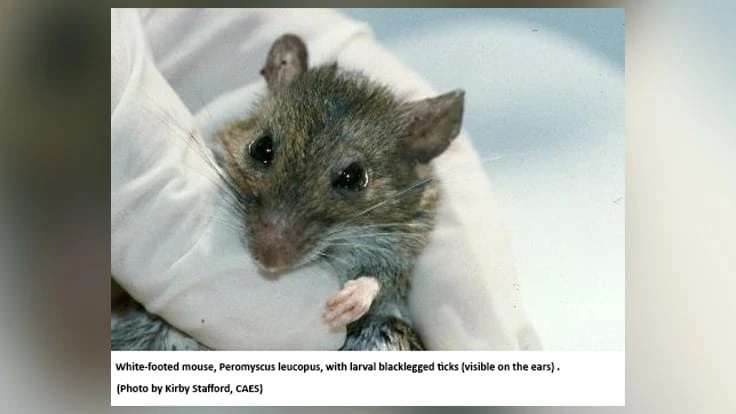
“Along with fewer infected mice, we observed a second effect also seen in previous laboratory-based studies,” notes Scott Williams, PhD, Agricultural Scientist at the CAES and a co-author of the study. “The vaccine causes the generation of antibodies in the mice. Previously infected ticks will ingest those antibodies when feeding on mice and be ‘cleared’ of infection. So, feeding ticks are a ‘xenodiagnostic marker’ of vaccine impact.” According to Williams, when non-infected mice consume vaccine-coated pellets, they are protected from infection with Borrelia burgdorferi. “Non-infected ticks, therefore, cannot pass the disease to other animals, including humans” he says.
The vaccine is currently undergoing the USDA regulatory process for commercial licensure. The research program was supported, in part, by U.S. Hatch Act funds, the Centers for Disease Control and Prevention (CK000182-03), and US Biologic.
Latest from Pest Control Technology
- Donny Oswalt Shares What Makes Termites a 'Tricky' Pest
- Study Finds Fecal Tests Can Reveal Active Termite Infestations
- Peachtree Pest Control Partners with Local Nonprofits to Fight Food Insecurity
- Allergy Technologies, PHA Expand ATAHC Complete Program to Protect 8,500 Homes
- Housecall Pro Hosts '25 Winter Summit Featuring Mike Rowe
- Advanced Education
- Spotted Lanternflies, BMSBs Most Problematic Invasive Pests, Poll Finds
- Ecolab Acquires Guardian Pest Solutions





